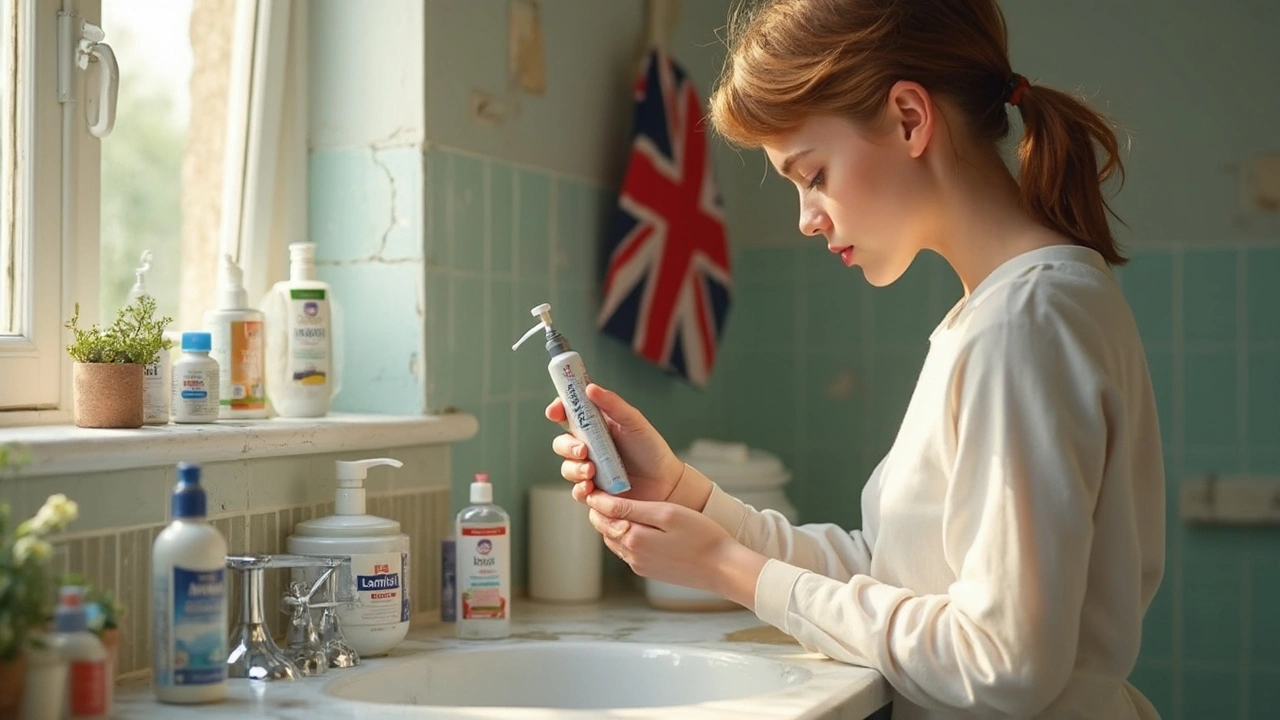Nail Fungus: How to Spot It and What Actually Helps
Yellow, thick, crumbly nails that smell a bit off? That’s often nail fungus (onychomycosis). It starts slow and hides under the nail, so many people treat it late. This page gives simple, practical steps to recognize, treat, and prevent nail fungus without confusing medical talk.
What causes nail fungus and how to spot it
Fungi thrive in warm, damp places. Your toes are prime real estate if you wear tight shoes or sweat a lot. Common signs are discoloration (yellow, brown, or white), thickening, brittle edges, and nails lifting from the nail bed. If the nail becomes painful, inflamed, or drains pus, that’s a sign an infection may be getting worse.
Risk factors include athlete’s foot, nail injury, poor circulation, diabetes, aging, and weakened immunity. Nail salons can spread fungus if tools aren’t properly sanitized. If you share socks or shoes, you can pass it on too.
How to treat nail fungus: realistic options
There’s no overnight cure. Treatments often take months because nails grow slowly. For mild cases, medicated topical lacquers like ciclopirox can help. Apply exactly as directed daily or weekly—results take time.
Oral antifungals (terbinafine or itraconazole) are more effective for many people but come with side effects and drug interactions. Your doctor will check liver function and review other meds before prescribing. Expect treatment to last several weeks to months; nails keep improving as new healthy nail grows in.
Laser treatments exist, but evidence varies and costs can be high. If you try over-the-counter remedies, set realistic expectations: many home solutions (vinegar soaks, tea tree oil) show mixed results. They might help early, mild cases but rarely clear stubborn infections alone.
Practical care tips while treating nail fungus:
- Keep nails short and filed to reduce thickness and help medicine reach the fungus.
- Wear breathable shoes and moisture-wicking socks; change socks after sweating.
- Disinfect nail tools and avoid shared pedicures unless the salon sterilizes equipment.
- Use antifungal powder in shoes; rotate footwear so pairs dry fully between uses.
See a doctor if the nail is painful, spreading, or you have diabetes or poor circulation. A prescription gives the best chance of clearing the infection and preventing complications.
Simple prevention beats long treatments. Dry your feet well after bathing, keep nails trimmed, wear shower shoes in public pools or gyms, and treat athlete’s foot promptly. Small daily habits reduce the chance you'll deal with a stubborn nail fungus down the road.
Lamisil Uses, Side Effects, and Success for Treating Fungal Infections

Uncover how Lamisil works, what makes it a favorite for fighting stubborn fungal infections, and what real people wish they knew before using it. This article explores the ins and outs of Lamisil for athlete’s foot, nail fungus, and more—backed by facts, anecdotes, and plenty of practical tips. Learn when Lamisil might be your best bet, when to watch out, and how to get the most from this well-known antifungal. Whether you’re considering a prescription or over-the-counter version, this guide gives you everything you need to know—without any medical jargon.
- June 13 2025
- Tony Newman
- 20 Comments
